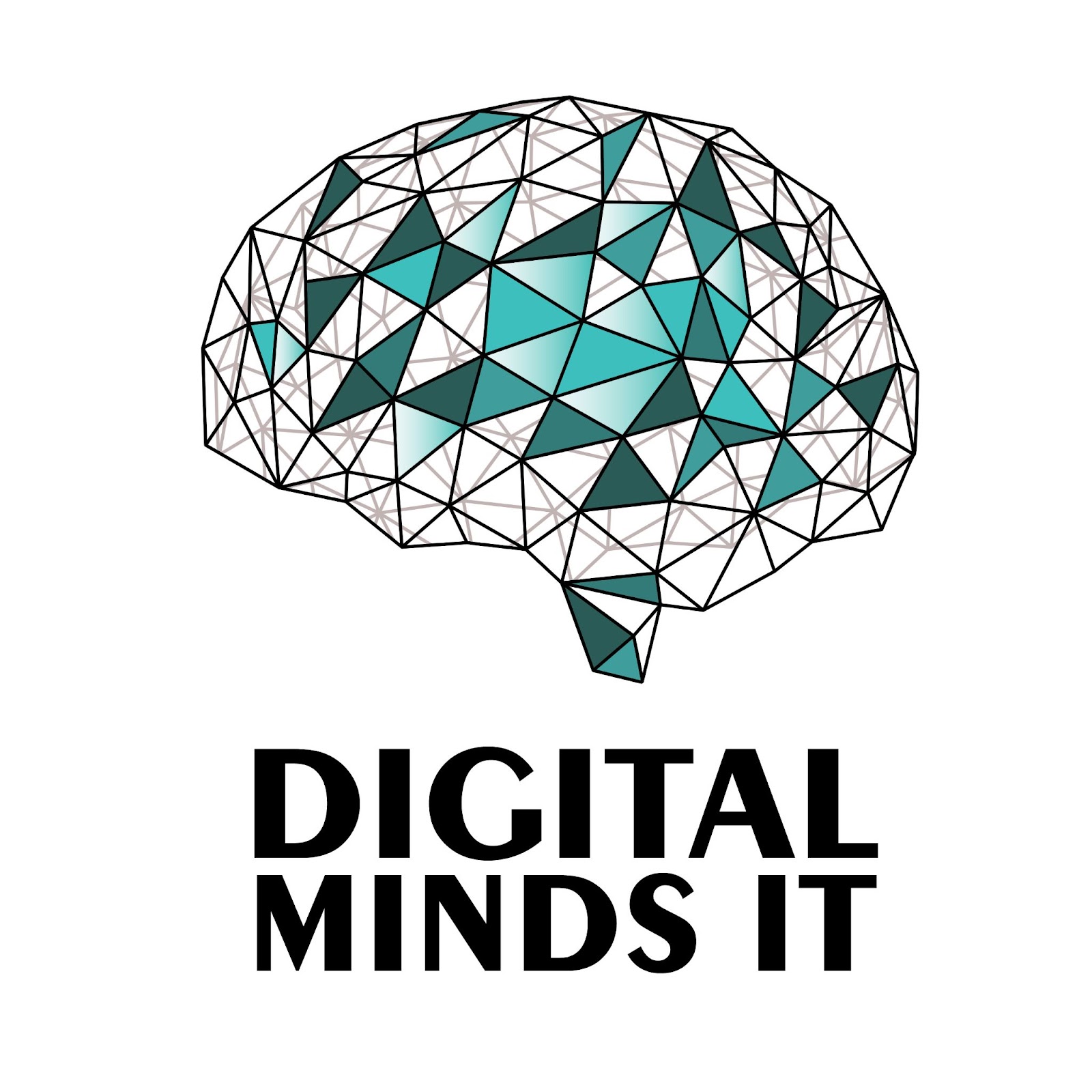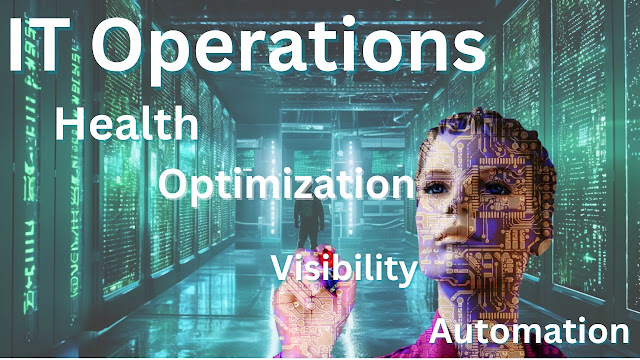Understanding AIOps and its Relevance
One phrase in particular has stood out among the buzzwords in the present period of technology revolution. This term is AIOps, which stands for artificial intelligence for it operations. AIOps is not only another passing fad in the industry. It heralds a significant shift in the manner in which companies engage with the information that is held inside their own IT systems. But what precisely is meant by the term "AIOps"? AIOps, in its most basic form, is the use of artificial intelligence (AI), and more specifically machine learning, to massive amounts of data in order to achieve unprecedented levels of improvement in the performance of IT operations. This integration not only simplifies procedures, but it also paves the path for IT operations that are more proactive, efficient, and responsive.
The Driving Forces Behind AIOps Adoption
The digital landscape has become exceedingly complex. As organizations evolve and adapt, IT infrastructures have become intricate labyrinths, challenging to navigate and manage. This complexity has necessitated innovative solutions, one of which is AIOps.
Three primary factors are driving the rapid adoption of AIOps:
Enhanced IT Operational Efficiency: With digital transformation being the cornerstone of modern businesses, there's a pressing need to ensure that IT operations run seamlessly. AIOps offers an avenue to achieve this by reducing the manual effort required, consequently cutting down on human error and streamlining processes.
Predictive Analysis for Incident Management: Traditional IT operations react to incidents. In contrast, AIOps provides predictive insights, allowing businesses to anticipate and prevent potential IT hiccups before they escalate into full-blown issues.
Automation of Repetitive Tasks: IT teams often find themselves mired in routine, repetitive tasks. AIOps provides relief by automating these processes, freeing up time and resources.
Top Use Cases for AIOps
The versatility of AIOps means it finds utility across a range of IT operations. The following are some of the applications that really stand out:
Incident Management: Gone are the days when IT teams would scramble to identify and rectify issues. AIOps streamlines this process, facilitating faster identification, analysis, and resolution of IT incidents. It's akin to having a virtual detective that never sleeps, constantly sifting through data to spot anomalies.
Capacity Planning: In the past, capacity planning often involved guesstimates. With AIOps, businesses have a precise tool that offers actionable insights, allowing them to optimize their infrastructure and anticipate future capacity needs effectively.
Automated Root Cause Analysis: One of the most time-consuming aspects of IT operations is identifying the root cause of an issue. AIOps simplifies this, using algorithms to swiftly pinpoint the origin of problems, drastically reducing downtime.
The Benefits and Achievements of AIOps
While the use cases provide a theoretical perspective, what tangible benefits have organizations reaped?
Faster Response Times: In a world where every second count, AIOps gives businesses a competitive edge. With swift incident detection and resolution, businesses can ensure optimal service delivery, bolstering customer trust and satisfaction.
Reduction in Operational Costs: Automation and efficiency naturally lead to cost savings. By reducing the manual effort and minimizing downtime, organizations can cut back on both direct and indirect operational costs.
Enhanced Customer Satisfaction: With reduced downtimes, faster response times, and consistent service delivery, customers inevitably enjoy a better experience. Happy customers mean better business.
Where AIOps Has Missed the Mark
However, it's not all smooth sailing. AIOps, while promising, has its limitations.
Integration Complexities: Not all existing IT tools and systems are compatible with AIOps solutions, leading to integration challenges. This mismatch can sometimes negate the benefits AIOps promises.
Over-reliance on Automation: While automation is advantageous, an over-dependence can lead to certain nuances or anomalies being overlooked. There's still a strong case for human oversight.
Culture and Training: Adopting AIOps isn't just about integrating a new system. It requires a culture shift and extensive training, both of which can be significant hurdles for some organizations.
Challenges and Solutions in AIOps Adoption
Adopting any new technology comes with challenges, and AIOps is no exception.
Data Overload: With the immense amount of data flowing in, it can be overwhelming. The solution lies in refining data sources and employing robust data processing tools that can handle the influx.
Lack of Skillsets: AIOps requires a specific skill set. Organizations can bridge this gap by investing in comprehensive training programs and hiring or nurturing talent adept in AIOps.
Tool Integration: Flexibility is key. Organizations need to ensure that the AIOps platforms they choose are versatile and interoperable with existing tools.
Future Concerns for AIOps Adopters
As we look towards the horizon, AIOps adopters have voiced several concerns:
Technological Advancements: The tech landscape is ever-evolving. Keeping pace with these rapid changes can be daunting.
Ethical Use of AI: As AI integrates deeper into operations, ensuring its ethical use becomes paramount.
Vendor Dependence: Adopters are wary of becoming too reliant on vendors for support, fearing potential lock-ins or issues during critical moments.
Conclusion: The Path Ahead for AIOps
The narrative that surrounds AIOps is quite clear: it is not merely an evolution in technological terms; rather, it is a revolution in economic terms. The entire potential of AIOps may be tapped into by businesses if they have a solid knowledge of the technology, are honest about its weaknesses, and maintain a watchful eye on the threats that lie ahead. The combination of human intelligence and artificial intelligence achieved via the implementation of AIOps will, without a doubt, play an essential part in determining the course that the future of IT operations will take.






0 Comments